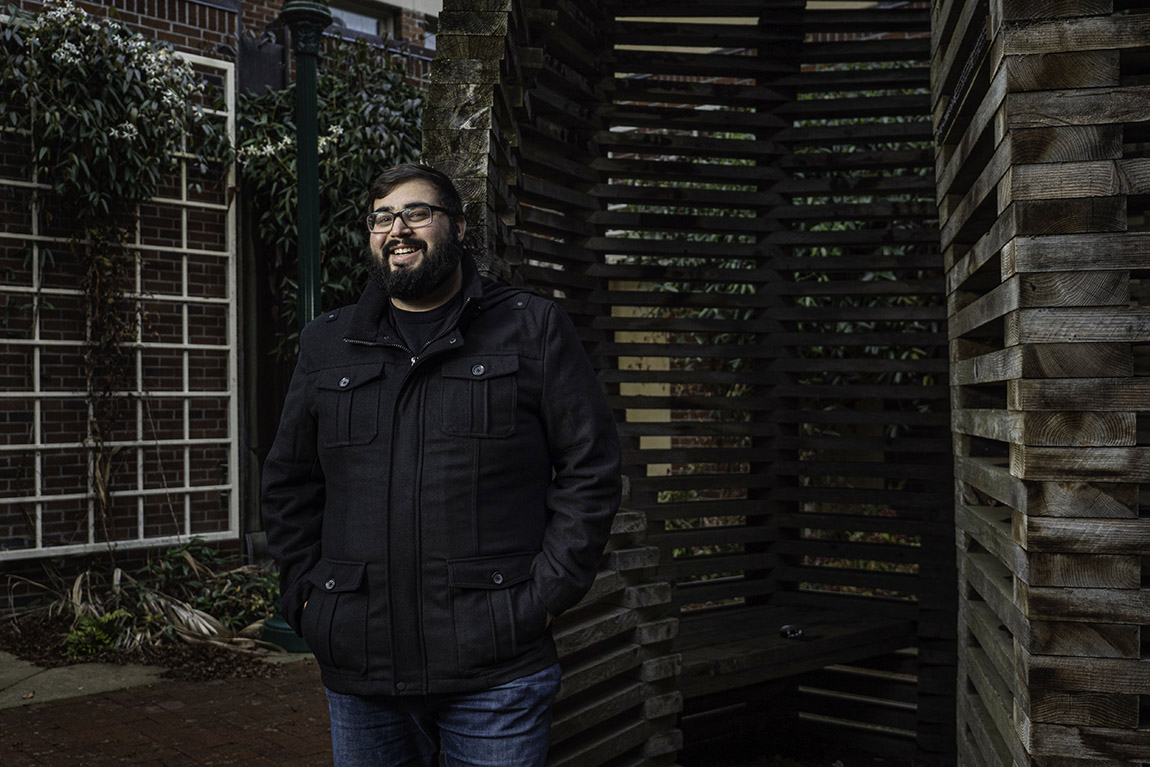A Logical Choice
Michael Silverstein '18 credits a foundation in statistics among his strong qualifications for a Ph.D. program.By: Jeremy Fuchs '14 Monday, December 9, 2019 08:24 AM
 Photos by Brian Davies.
Photos by Brian Davies.Sitting in an intermediate statistics course his junior year, Michael Silverstein ’18 listened as Assistant Professor of Mathematics Allison Davidson began to talk about logistic regressions—a statistical analysis used to help predict binary choices, like true or false, pass or fail.
Silverstein filed that knowledge in the back of his mind, adding to the mound of information he gleaned from coursework taken to complete his statistics minor. (Silverstein majored in psychology.) But when he started his Ph.D. program in psychology at Ohio State, he realized that that training would come in handy. Working on a project involving item response theory (think designing and analyzing tests or surveys), Silverstein ended up using his background in logistic regressions from Muhlenberg to help complete it. “A lot of people don’t know about logistic regressions; they only know about a simple linear regression (predicting a relationship between just two variables),” says Silverstein, who credits his minor for a greater understanding of statistical analysis.

Silverstein is now at the University of Oregon, in his second year as a Ph.D. student. His research focuses on judgment and decision making. “I’m trying to understand how people make judgments and decisions as well as how emotions and cognitive abilities—like working with and understanding numbers—factor into those judgments,” he says.
The Medford, New Jersey native chose Muhlenberg because of the small class sizes. That experience gave him a leg up as he has advanced in academia. “One of the things I brag about with Muhlenberg is the small class size,” he says. “It allowed me to engage in research in a way that most undergraduates at larger institutions don’t. So combining my experience with my stats minor, with being able to put my knowledge into practice, was extremely valuable.”
Silverstein has at least four years left in his program. He hasn’t completely decided on his end goal, but it likely involves a post-doc program in a lab to do more research, followed by a career in academia.
Wherever his statistical and research journey takes him, Silverstein will be able to use the nuggets gleaned from his four years in Allentown to help him. And there is surely another vital piece of information rattling around his brain, waiting to be used.
